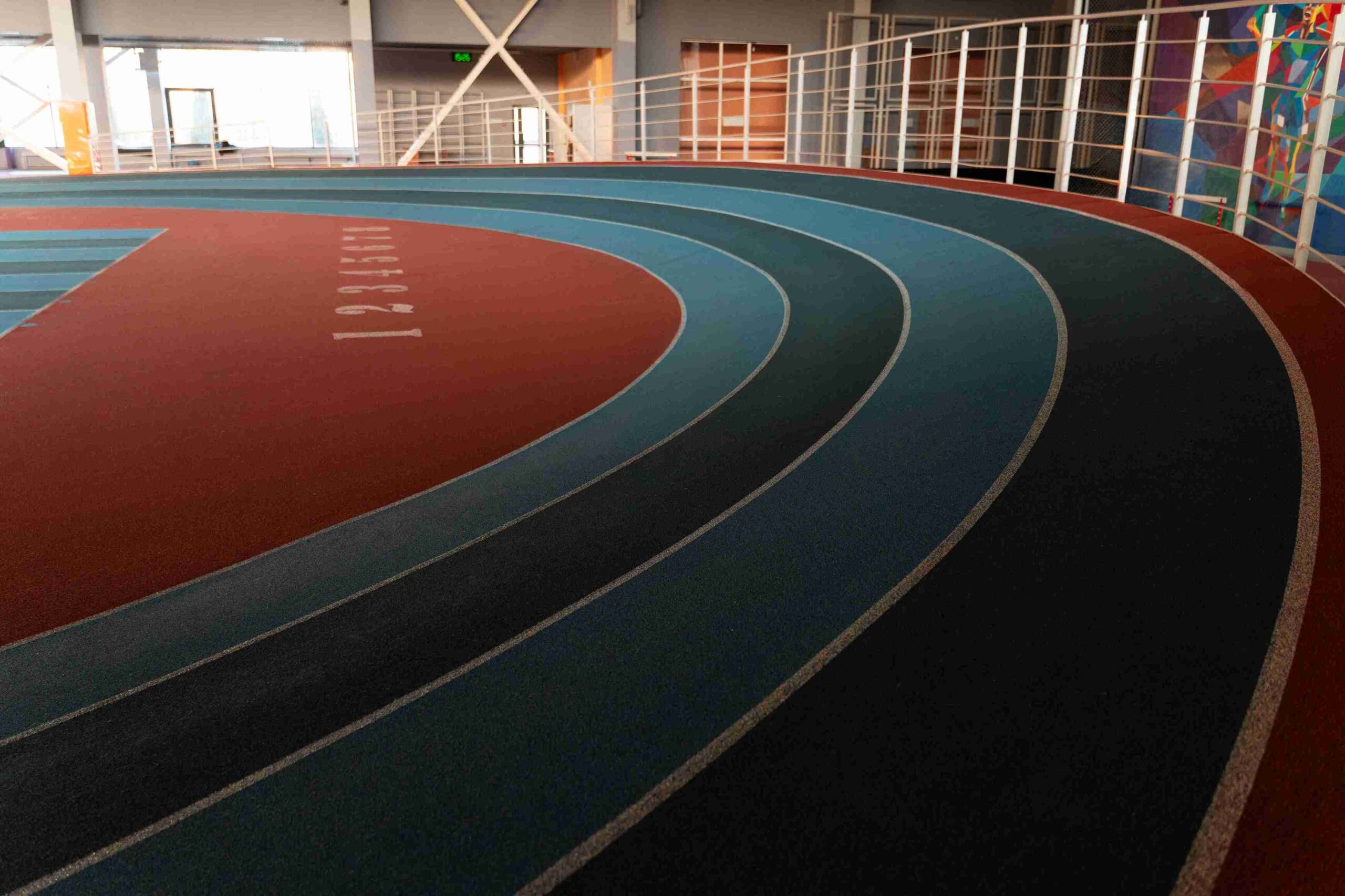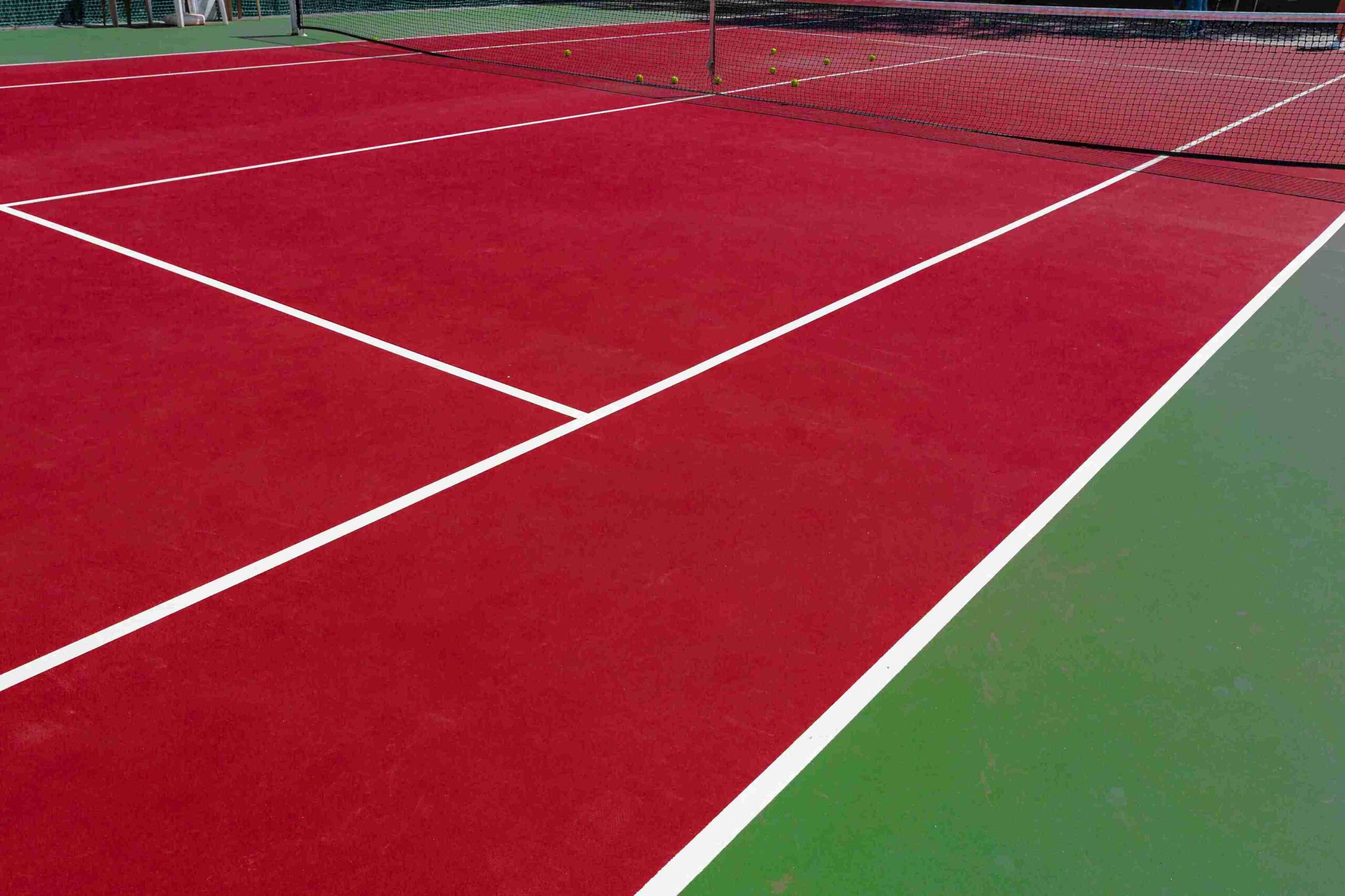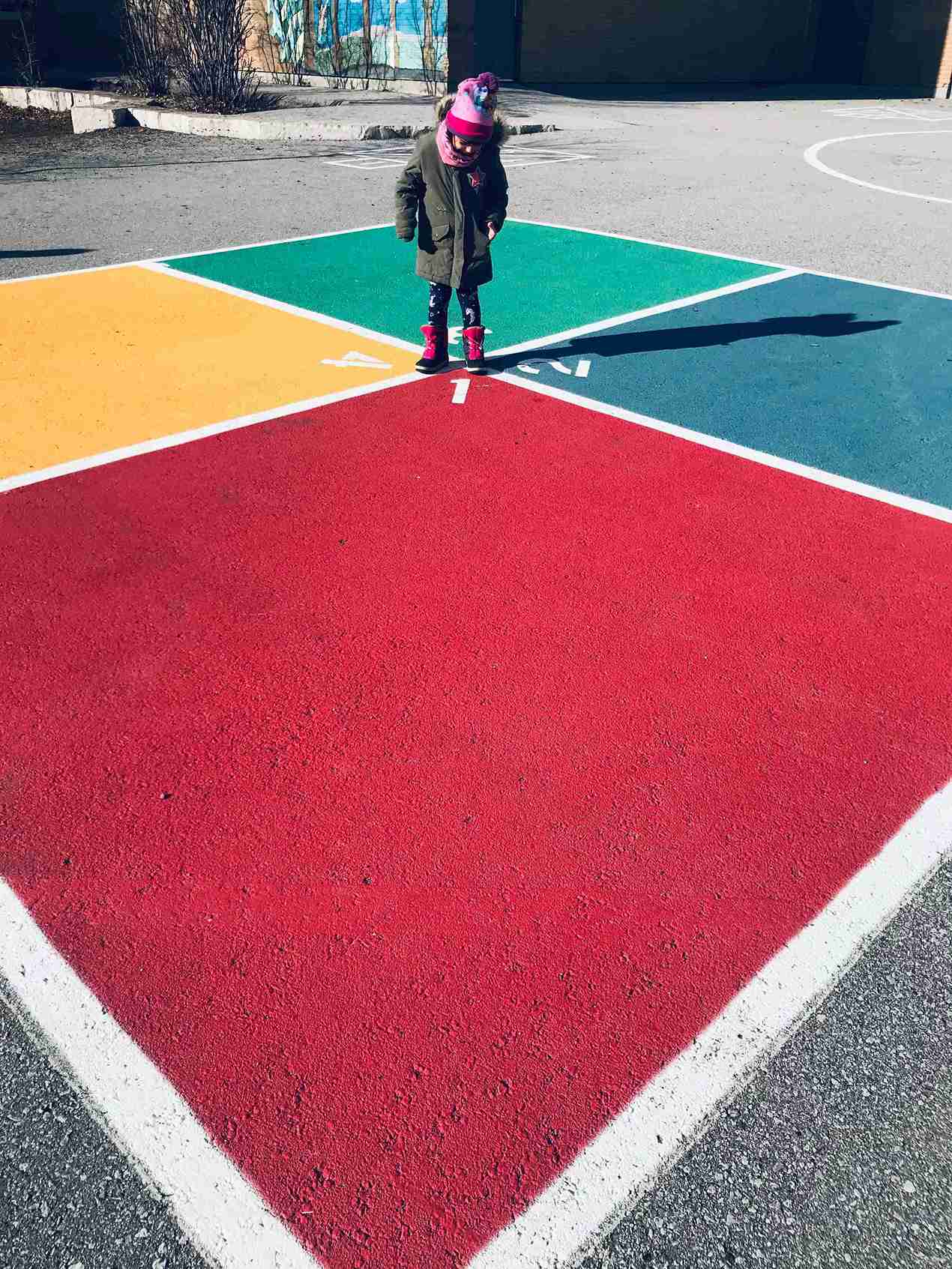Creating a backyard volleyball court can be a fun and engaging project that brings hours of entertainment to your family and friends. Whether you’re an avid volleyball player or simply looking to add a new outdoor activity to your space, a backyard volleyball court can be a great addition.
The purpose of this article is to provide you with everything you need about how to make a backyard volleyball court, from selecting the right location and materials to setting up the court and maintaining its long-term so that you can enjoy the game.
Now, let’s get started and explore how to make a backyard volleyball court.
How to Make a Backyard Volleyball Court?
Creating your backyard volleyball court is a great way to bring the fun and excitement of this popular sport right to your doorstep. A DIY backyard volleyball court will provide hours of enjoyment for your family and friends. To get started, it’s essential to consider the space you need and the cost of the volleyball court, and in this section, we’ll guide you through the step-by-step process of creating your very own DIY backyard volleyball court.
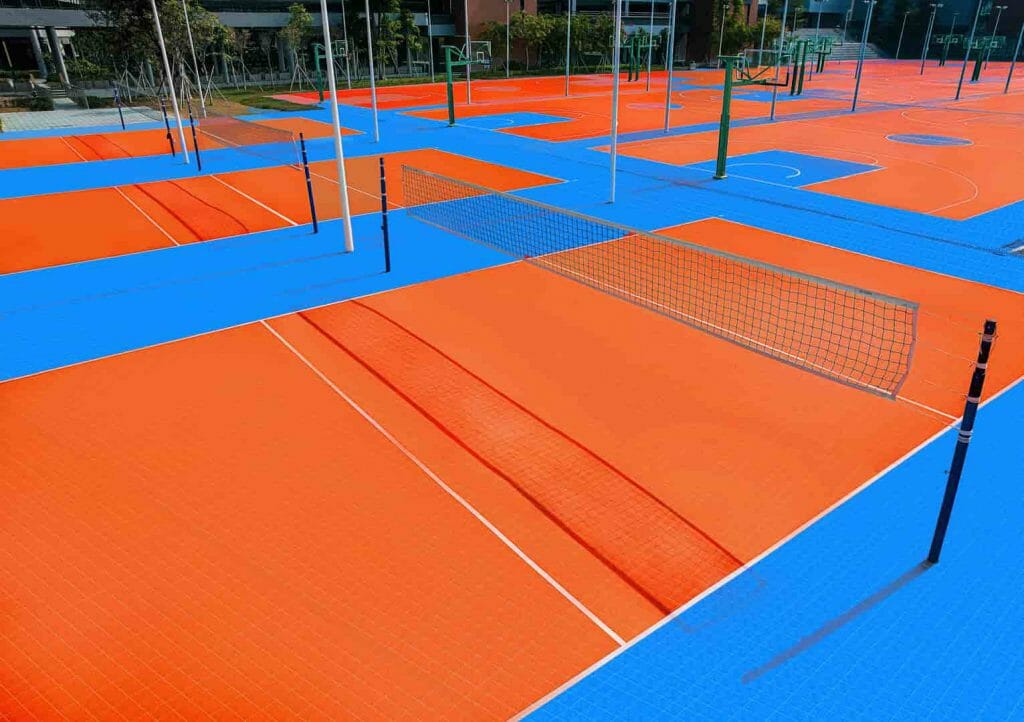

Step 1: Choose the Perfect Location
The first step in creating a backyard volleyball court is selecting the ideal location. Look for a relatively flat area in your yard that is free from trees, large rocks, or any other obstacles that may interfere with the game. The standard size for a volleyball court is 30 feet wide and 60 feet long, so make sure you have enough space to accommodate these dimensions.
Step 2: Prepare the Ground
Once you’ve chosen the location, it’s time to prepare the ground for your volleyball court. Make sure the area is free of debris, rocks, and vegetation. If the ground is not level, you may need to do some grading or excavation work to ensure a smooth playing surface. It’s important to have a level and firm foundation for your court to prevent any injuries or uneven play.
Step 3: Install Boundary Lines
Next, mark the boundaries of your volleyball court. Using measuring tape, stakes, and string, create a rectangular shape that measures 30 feet wide and 60 feet long. This will serve as the playing area for your games. Make sure the lines are straight and clearly visible, as this will help players determine if the ball is in or out of bounds during play.
Step 4: Build an Interlocking Modular Volleyball Court
Now comes the exciting part – establishing the playing surface for your backyard volleyball court. The most common options involve the use of modular interlocking sports tiles rather than traditional sand or grass. These sports tiles offer exceptional durability and performance.
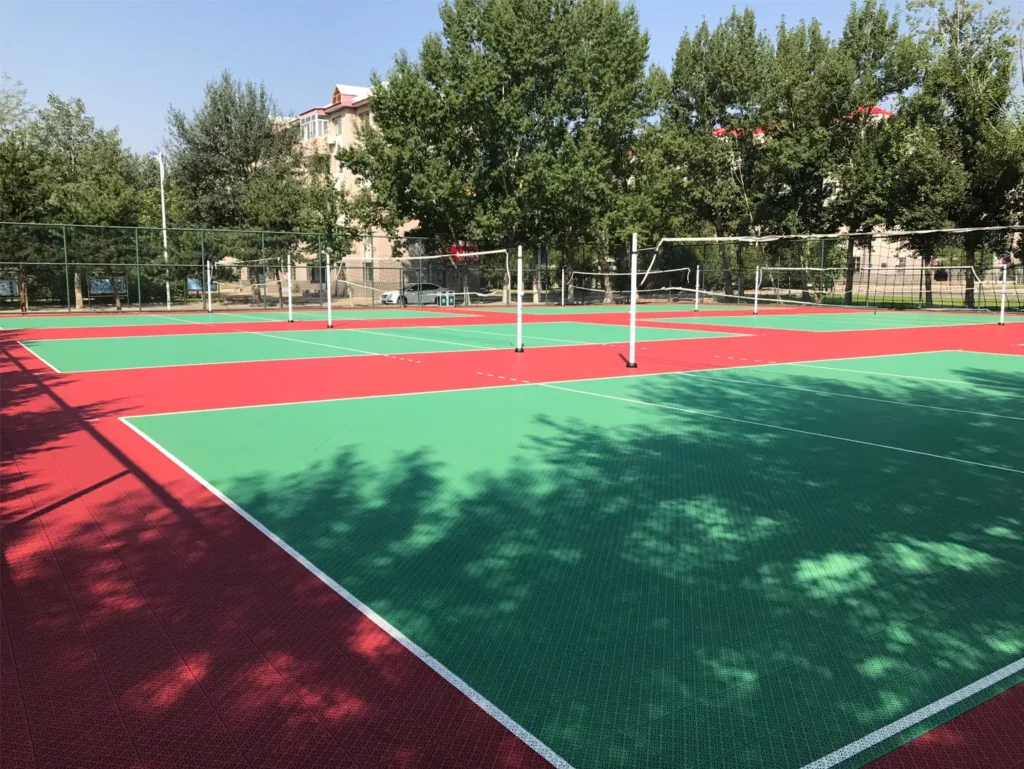

If you choose to go with interlocking sports tiles, you can easily install them yourself to create a stable and reliable surface. This option provides a consistent playing experience without the need for extensive maintenance. VMKON GameChanger Plus tiles offer excellent cushioning for players and enable smooth movements on the court, making them an ideal choice for your DIY backyard volleyball court.
The other most common options are sand and grass. If you choose to go with sand, it’s recommended to use a sand depth of approximately 12-18 inches. This will provide enough cushioning for players and allow for easier movements on the court.
If you prefer a grass surface, make sure to mow the grass short and keep it well-maintained to ensure optimal playing conditions.
Step 5: Install the Net
No volleyball court is complete without a net. Install sturdy volleyball net poles on each side of the court, ensuring they are securely anchored into the ground. The official net height for volleyball is 7 feet 11 5/8 inches for men and 7 feet 4 1/8 inches for women. Attach the net to the poles, making sure it is taut and at the correct height.
Step 6: Add the Finishing Touches
To complete your backyard volleyball court, consider adding some finishing touches. Place boundary markers at the corners of the court to clearly define the playing area.
You can also install outdoor lighting to extend your playing time into the evening. Additionally, seating areas, a scoreboard, and even some plants or shrubs around the perimeter can enhance the overall aesthetics of your court.
Step 7: Adding Safety Measures
To enhance safety and prevent injuries, consider adding some safety measures to your court. Install boundary fencing or netting to prevent balls from leaving the playing area and causing damage. Additionally, consider adding padding around the poles or net tensioning devices to minimize the risk of collisions.
Step 8: Maintenance and Care
Regular maintenance is essential to keep your backyard volleyball court in top shape. This includes raking the surface, removing debris, and periodically checking and adjusting the net tension.
Proper storage of equipment during the offseason will also prolong its lifespan. Backyard Volleyball Court Ideas is a rewarding project that will provide endless entertainment for both adults and children alike. Follow these steps to transform your outdoor space into a volleyball paradise.
Vmkon Modular Interlocking Tiles are the Perfect Choice for Your Backyard Volleyball Court
When it comes to creating a backyard volleyball court, the choice of surface is crucial. The Vmkon Volleyball Court stands out as the best option for this purpose.
The team at VMKON Sports Courts specializes in providing innovative and high-quality flooring solutions for both indoor and outdoor courts.
One of the key reasons why the Vmkon Interlocking sports tiles are ideal for a backyard volleyball court is its durability. This surface is specifically designed to withstand the wear and tear that comes with intense volleyball games.
Whether it’s the constant jumping and landing or the movement of players, the Vmkon GameChanger+ modular sports tiles an officially certified FIBA floor can handle it all. Additionally, the Vmkon courts offer excellent traction. This is crucial for players as it helps prevent slipping and reduces the risk of injuries.
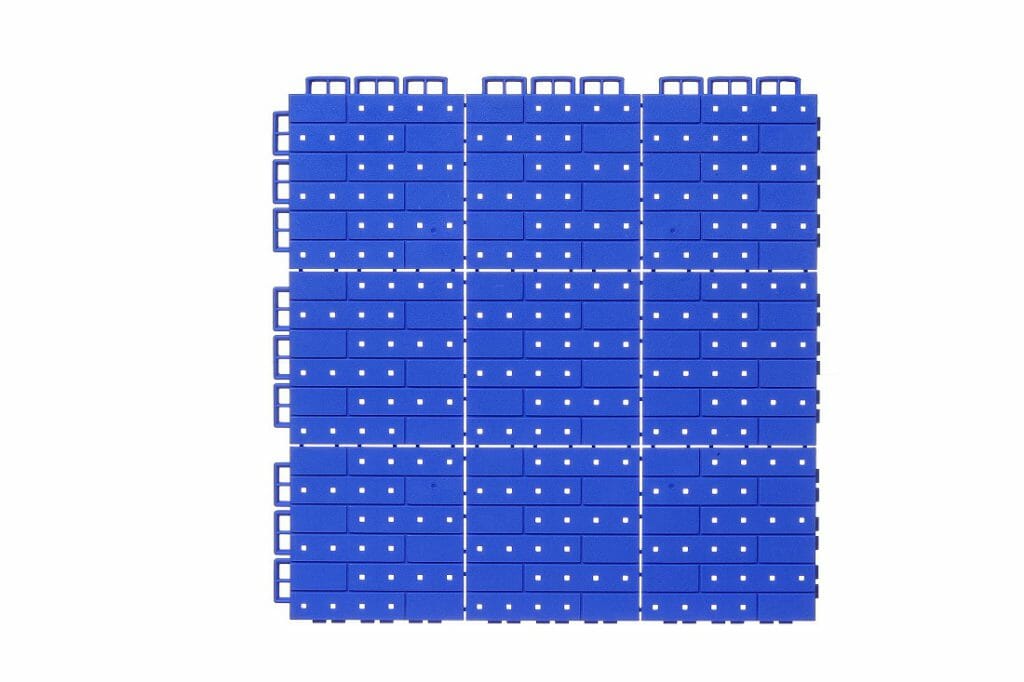

The surface provides just the right amount of grip, allowing players to make quick movements and changes in direction without worrying about losing their footing. Furthermore, the Vmkon TPE floor tiles are versatile and suitable for both indoor and outdoor use.
This means that even if you decide to move your volleyball court indoors or vice versa, you can still enjoy the benefits of this exceptional surface. It offers consistent performance across different environments, ensuring that you can enjoy a high-quality playing experience regardless of where your court is located.
In short, if you’re looking to create a backyard volleyball court, the Vmkon Gamechanger+ Sports tiles are the best choice. With its durability, excellent traction, joint-friendly properties, and versatility, this surface will provide you with a top-notch playing experience.
Conclusion
Building a backyard volleyball court can be a fun and rewarding project that enhances your outdoor space and encourages physical activity. By following the steps outlined in this guide, you can successfully transform your backyard into a volleyball haven.
From selecting the right location and measuring the dimensions to preparing the ground and installing the necessary equipment, each step is crucial in ensuring a safe and enjoyable playing experience.
FAQs
What Are the Dimensions of a Yard Volleyball Court?
The dimensions of a yard volleyball court can vary, but a standard size is approximately 30 feet wide and 60 feet long.
What Are 6 What Are the Dimensions of a Volleyball Court?
The official volleyball court dimensions measure 29 feet 6 inches wide by 59 feet long, providing a total area of 1,743 square feet. However, it’s important to note that the court design must also include a safe zone around the perimeter to ensure the safety of the players.
What Type of Sand is Used for Beach Volleyball?
The type of sand commonly used for beach volleyball is known as “volleyball sand” or “sports sand.” This sand is specifically designed to meet the requirements of the sport, providing a suitable playing surface with good traction and shock absorption.
Volleyball sand typically consists of fine-grained, clean, and well-rounded particles, allowing players to move quickly and comfortably on the court. It is also important for the sand to be properly leveled and maintained to ensure fair gameplay.



